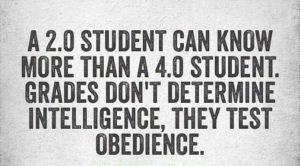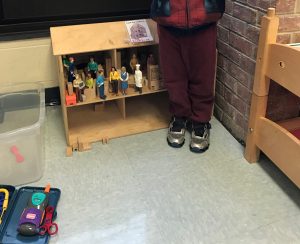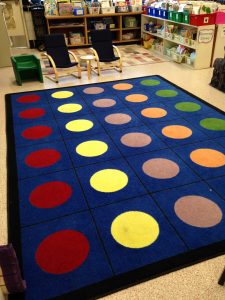“You might be a teacher if you have perfected the staff meeting poker face,” the meme reads.
I posted the meme to my Pinterest teacher board and moved on, deciding to write this post.
I did perfect that poker face, but only at the end. For years, I had spoken up against dumb plans. Sometimes, so many dumb plans emerged in staff meetings that, if dumb plans had been icebergs, Louisiana and much of the Midwest would be underwater.
I sat through so much craziness. Let’s give them more tests from outside firms. Let’s make everybody take the test whether they can read it or not. Let’s make all the classes do the same opening activities, whether students know the activities or not. Let’s all read exactly the same books where the dog dies so we can make valid comparisons between students. (I can already tell you Jackie who just came from India last year will take months of nights to get through that book, which will be fine. Jackie will be learning. But Krystian from Poland will blow the whole assignment off while pretending to read. I could do much better by Krystian if I handed him a nonfiction book.) Here’s a personal favorite: Let’s not try to solve issues during the morning staff meeting because that takes too much time. We will just bring up the issues for solution later. (By whom? When?)
My fellow teachers kept looking at me that last year before I retired, the ones who knew me.* I had been known to speak up, to protest. For years, I’d had the right Principal, too. He listened. I could sometimes stop the madness. But at the end no one was listening, except possibly Lord Vader so he could put another not-a-team-player checkmark by my name. So I shut up. I watched disturbed and even horrified colleagues look at me, as if to say, “Say something!” But what could I say?
Those East Coast written unit tests that my students could not read and always failed had become a fact of life. I got in trouble for substituting another opener for the opener I knew my students could not do. When you grade math papers every night, you pretty quickly know your students limitations. In the meantime, I was required to be rotating groups rather than doing whole group instruction, even if not a single student in the class knew the topic in the common lesson plan. I felt bad for shutting down and leaving my fellow teachers in the morass — although I recognize they were trying to convince me to fall on my sword, rather than taking the chance of falling on their own — but I saw no benefit to impaling myself.
Eduhonesty: That staff meeting poker face is no win for education.
*The district’s attrition rates had reached unprecedented levels and many newbie strangers sat in my meetings. One problem the year I left especially was that nobody remained to tell the newbies where to find useful items that had been buried on stages or in drawers during past years.
P.S. Welcome to my many new readers. This post is an example why I sometimes call this the Secret Blog of Gloom and Doom. I promise it’s not always this gloomy. I’ll try for a funnier post soon.










